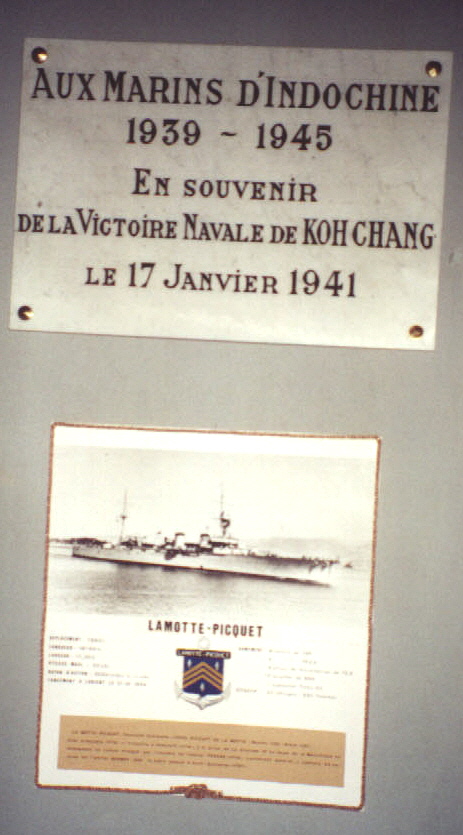Ko Chang district
 Ko Chang (, ) is an amphoe (district) in Trat province, Thailand. It is on the Gulf of Thailand's eastern seaboard, from Bangkok, near the border with Cambodia.
Ko Chang (, ) is an amphoe (district) in Trat province, Thailand. It is on the Gulf of Thailand's eastern seaboard, from Bangkok, near the border with Cambodia.The island Ko Chang occupies most of the district's land area, along with several smaller islands. With an area of , Ko Chang is the third-largest island in Thailand by area, after Phuket and Ko Samui. The name Ko Chang means 'Elephant Island' and derives from its elephant-shaped headland. Despite the presence of elephants on the island, they are not indigenous. At present, there are eight villages on the island. Provided by Wikipedia
1
2
by Paul N. Newton, Valy Keolouangkhot, Sue J. Lee, Khamla Choumlivong, Siho Sisouphone, Khamloune Choumlivong, Manivanh Vongsouvath, Mayfong Mayxay, Vilada Chansamouth, Viengmon Davong, Koukeo Phommasone, Joy Sirisouk, Stuart D. Blacksell, Pruksa Nawtaisong, Catrin E. Moore, Josée Castonguay-Vanier, Sabine Dittrich, Sayaphet Rattanavong, Ko Chang, Chirapha Darasavath, Oudayvone Rattanavong, Daniel H. Paris, Rattanaphone Phetsouvanh
Published 2020
Get full textPublished 2020
Article
3
by Simaly Phongmany, Jean Marc Rolain, Rattanaphone Phetsouvanh, Stuart D. Blacksell, Vimone Soukkhaseum, Bouachanh Rasachack, Khamphong Phiasakha, Surn Soukkhaseum, Khamthavi Frichithavong, Vang Chu, Valy Keolouangkhot, Bertrand Martinez-Aussel, Ko Chang, Chirapha Darasavath, Oudayvone Rattanavong, Siho Sisouphone, Mayfong Mayxay, Sisouphane Vidamaly, Philippe Parola, Chanpheng Thammavong, Mayboun Heuangvongsy, Bounkong Syhavong, Didier Raoult, Nicholas J. White, Paul N. Newton
Published 2018
Get full textPublished 2018
Article